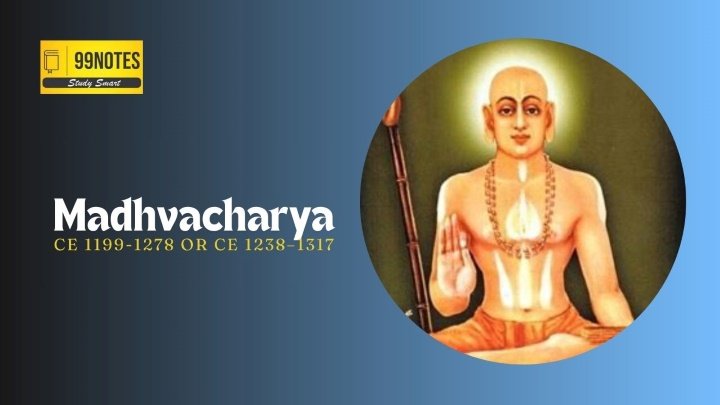What does law say about obscenity?
(Source – Indian Express, Section – Explained- Page No. – 14)
|
Topic: GS2 – Polity |
|
Context |
|
Analysis of the news:
Legal Framework on Online Obscenity
-
Obscenity in digital content is governed by Section 294 of the BNS and Section 67 of the Information Technology Act, 2000.
-
Section 294 penalizes the sale, display, or profit from obscene material, including digital content, with imprisonment of up to two years and a fine.
-
Section 67 of the IT Act provides stricter punishment—up to three years of imprisonment and a fine of up to ₹5 lakh for first-time offenders.
Evolution of Judicial Interpretation
-
Obscenity laws in India were initially shaped by the Ranjit D. Udeshi v. State of Maharashtra (1964) case, which applied the British Hicklin test—judging content by its potential to corrupt impressionable minds.
-
However, global legal perspectives evolved, with the U.S. and U.K. adopting the “community standards” test, assessing content in its entirety rather than isolated sections.
-
India followed suit in Aveek Sarkar v. State of West Bengal (2014), which ruled that obscenity should be determined by contemporary social standards.
Judicial Stance on Online Content
-
The Supreme Court’s March 2024 ruling on College Romance reaffirmed the distinction between obscene material and profane language.
-
It quashed charges under IPC Section 292 and IT Act Section 67, clarifying that vulgar expressions do not necessarily provoke lustful thoughts and should be evaluated based on societal norms.
-
This precedent may influence Allahbadia’s case, determining whether his remarks meet the threshold for legal obscenity.
|
How obscenity is viewed under Indian laws? |
|
|
Practice Question: Examine the legal framework governing obscenity in India, particularly in the digital space. How has the judiciary evolved its interpretation of obscenity over time? Discuss with relevant case laws. (150 Words /10 marks) |

